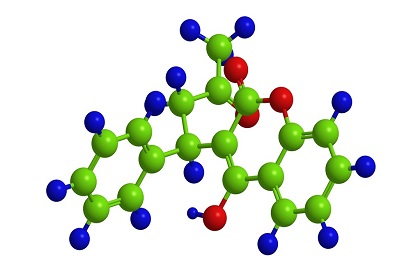Search
What is a lipid profile?
A lipid profile, or lipid panel, is a blood test to check your lipid levels. Lipids are fats that cannot dissolve in blood. High lipid levels increase your risk for heart disease and a heart attack or stroke. A lipid profile includes the following:
• Total cholesterol is the main number used for cholesterol values
o Goal: Less than 200 mg/dL
o Borderline high: 200 to 239 mg/dL
o High: 240 mg/dL or higher
• LDL (bad) cholesterol carries cholesterol and deposits it in the arteries. This can cause a blockage
o Goal: 100 mg/dL or lower
o Near goal: 100 to 129 mg/dL
o Borderline high: 130 to 159 mg/dL
o High: 160 to 189 mg/dL
o Very high: 190 mg/dL or higher
• HDL (good) cholesterol removes cholesterol from your body
o Goal: 60 mg/dL or higher
o Borderline risk: 40 to 59 mg/dL
o High risk: 40 mg/dL or lower
• Triglycerides are a different kind of fat than cholesterol
o Goal: 150 mg/dL or lower
o Borderline high: 150 to 199 mg/dL
o High: 200 to 499 mg/dL
o Very high: 500 mg/dL or higher
How do I prepare for the test?
Do not eat or drink anything, except water, for 12 to 14 hours before the test. Ask your doctor if you should take your medicines on the day of your test.
What do I need to know about my test results?
Your doctor will discuss your test results with you. If your test results are abnormal, you may need treatment to decrease your risk for heart disease.
CARE AGREEMENT:
You have the right to help plan your care. To help with this plan, you must learn about your lab tests. You can then discuss the results with your caregivers. Work with them to decide what care may be used to treat you. You always have the right to refuse treatment.
© 2017 Truven Health Analytics LLC All illustrations and images included in CareNotes® are the copyrighted property of A.D.A.M., Inc. or Truven Health Analytics.
Click the link for more information on Family Medicine Clinical Service
Click the link for more information on Cardiovascular Medicine Clinical Service










